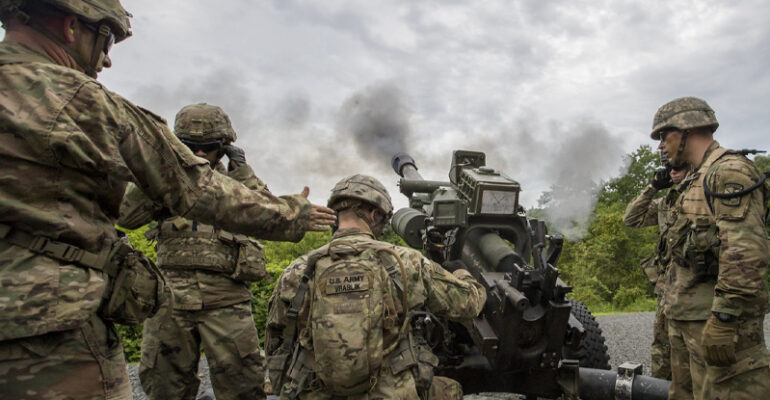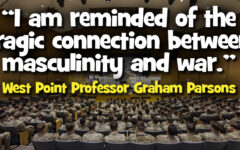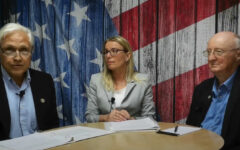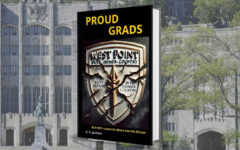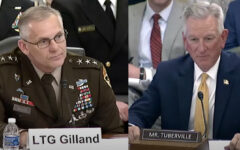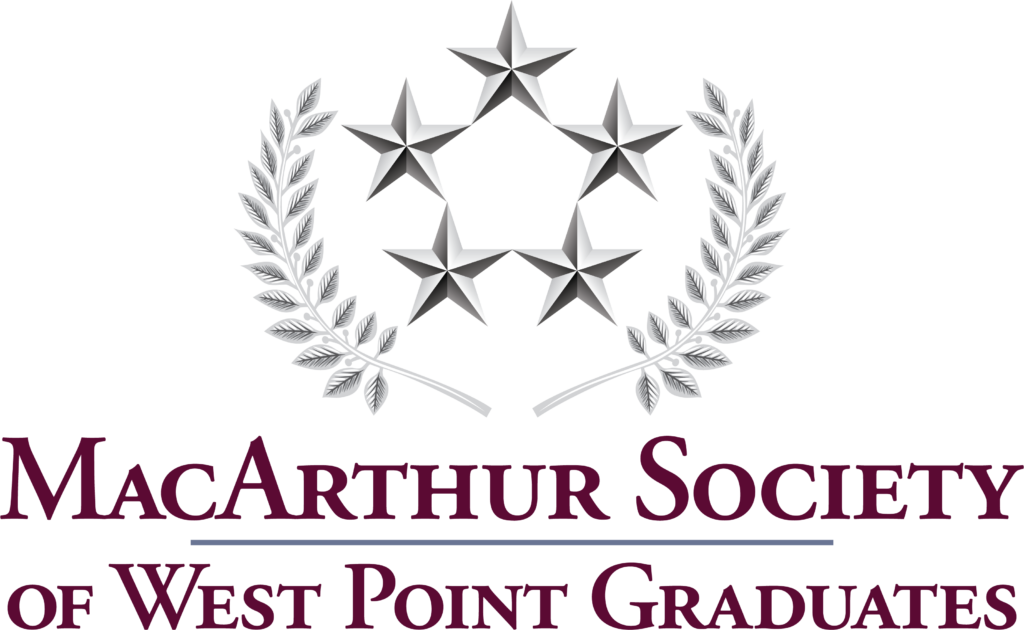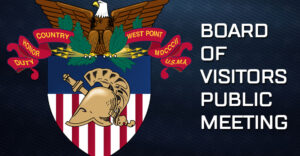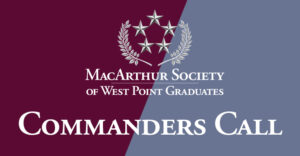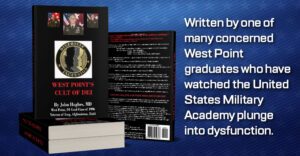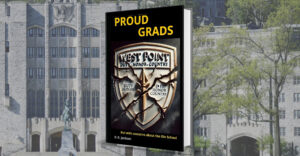Inflection Point for West Point and the Army
11 October 2024 2024-10-17 10:42Inflection Point for West Point and the Army
By James Atticus Bowden, ’72, US Army ret
Recently, the Superintendent and Dean at West Point wrote “the Army and the Academy are at an inflection point1.” Their “West Point 2050” addressed academics “to intellectually prepare graduates to lead across the full spectrum of conflict.” It would be interesting to read their deliberations on the inflection point and its implications. Absent that, here are thoughts from a former Army “Futurist.”
The inflection point could mean many things. One possibility is where new technology concepts combine in a close fit with operational and organizational concepts to change the conduct of war. The history of Modern Warfare2 marks these inflection points in blood.
Like, how the rifled barrel extended of the “red zone” or “kill zone” of direct combat devastatingly in our “Recent Unpleasantness”, or the machine gun and indirect artillery fires industrialized mass murder in World War I. How the Germans used radios to coordinate airplanes, artillery, and tanks to create Blitzkrieg in World War II. How the helicopter created air mobile forces in Vietnam. How wire-guided missiles wiped out tanks at long ranges in the Yom Kippur War.
In November 1989, retired GEN William DePuy addressed all the school commandants and staff of the Army’s Training and Doctrine Command in a general officers only briefing. He spoke on how the ability to see across the battlespace, communicate across the battlespace, and strike with precision across the battlespace would change land warfare. Indeed, he was proven right.
The late Deputy Secretary of Defense Andrew Marshall and others searched for the inflection point as a “Revolution in Military Affairs.”
Concurrently, the Army spent the next decade learning what “digitization” meant with an experimental force at Ft. Hood. At the same time, Futures work shifted from long-range projections as the three “Army 21” studies to wargaming the coming inflection point in Land Warfare.
The “Army After Next” wargames, integrated idea teams, studies, and battle labs looked hard at Land Warfare across the full spectrum of conflict in a joint, combined, and multi-national context. The Army looked for what should follow the dramatically war-winning Airland Battle concept.
The Army was mid-stream in developing a tactical concept for the Future Combat Systems (FCS) when 9-11 happened. The brigade-by-brigade modernization program came apart early in the 20 years of campaigns that followed 9-11. Some systems were developed.
Likewise, the FCS tactical concept of the “Quality of Firsts” fell into disrepute. Yet, a Strykker Brigade Commander bragged to the 2009 Infantry Conference how successfully he fought his unit in Afghanistan using “See First, Decide First, Strike First, Finish Decisively with Infantry.”
Today, the changing nature of Land Warfare is replete with 20 years of American adaptations and the kinetic and non-kinetic harbingers from Georgia to Nagorno-Karabakh to Russia-Ukraine to every front the Israeli Defense Force is fighting against the Islamist barbarians.
Yet the white board is wide open for sketching out the Army’s next “Army Ops Concept” which integrates both tactical and operational-level ops concepts with a technology concept and organizational concept. And, which supports a national strategic concept. I know – lots of concepts. They actually fit together like Russian stacking dolls.
Currently, the Army’s Multi-Domain Operations projects current capabilities into the cacophony of rapid innovations. I haven’t seen slides that include a remedy for the fear porn about drones and AI.
Yet, a remedy is precisely what will happen. At every inflection point in the past, after the shock – the adapting militaries of the world follow the sine curve of capability, counter-capability, counter-counter capability. A new technology capability is countered by counter-tactics or different organizations for combat.
So, let’s return to what that inflection point actually is.
The inflection point in Land Warfare is at the nexus of time, speed, and distance. (See the Army After Next publication: Knowledge and Speed for an early hint.)
Just as AirLand Battle integrated new Army systems to defeat the Soviet Operational Maneuver Group, AirLand Battle 2.0 can focus on a worst case enemy 10 to 15 years hence. Solve the tactical problem. Create a tactical concept which supports the operational and strategic levels of Land Warfare.
Develop a concept of Dominant, Decisive Maneuver building from the soldier up by echelons of organization and technological capabilities. Include the combined arms maneuver and wide area security capabilities required in any future conflict on Land.
Understand the distinction between air, sea, space, cyber-based effects and the decisive maneuver of Army forces is the ability to seize and hold populations and places – or utterly defeat opposing forces. To decide, suddenly, to shoot or not shoot. To be seen and talk with people and change people’s minds. To defeat the enemy will to fight.
Consequently, for any given battlespace against any given enemy for any given situation (the Army’s METT-T-C) how does the Infantry soldier and each higher echelon of organization overmatch the enemy?
Look at the time, speed, and distance of that echelon’s battlespace.
The three independent variables are defined in terms of each other. Speed = Distance/Time. Distance = Speed x Time. Time = Distance/Speed.
If you can gain a relative advantage over your enemy in speed and distance then you can “squeeze” your time and lengthen his time.
Consequently, every advantage in time across the segments for the Observe-Orient-Decide- Act (OODA) loop of any engagement in Land Warfare (there are nine) translates into an overmatch.
Creating overmatch from the soldier up creates an Army that maneuvers with relative impunity through any part of Earth, against any enemy, through any density of population or terrain using combined arms and Joint/Combined effects – and forwards infantry to close with and destroy any enemy or seize and hold any place.
The relative advantage, not the absolute assurance, of seeing first, deciding first, striking first, striking more often, and finishing decisively with Infantry remains a coherent tactical concept.
Working out the details for the Army’s doctrine, organization, training, materiel, leadership and education, personnel, and facilities (DOTMLPF) to make it happen is details beyond and above the “unclas” of this overly long piece.
Likewise, working the concepts up from the tactical and operational to support the strategic is for another day.
Yet this glimpse of an inflection point in rapidly changing conduct of war framed in the immutable nature of war suggests a few things for the education, training, and development of officers at West Point.
The old leadership Field Manual boiled it down to Know, Be, Do.
Young officers from West Point are likely to face the most threatening war of national survival since the Revolution. A war, or several wars, where the “rules-based world order” won’t have any rules.
These officers must “know, be and do” leaders to pick up the pieces after devastating nuclear, biological, and chemical attacks. They may have to train and lead an expansible Army of a nation in arms in a long, long war. They may have to lead units after extreme, sudden losses, out of communications, and with only their means at hand.
At the same time, there are other challenging scenarios at home and abroad to meet and defeat.
For the rest of this century, the Army and the Nation needs tough, resilient, hardened, innovative, deeply dedicated, and honor-driven men and women West Pointers to win our wars. I’d like to see how the dots are connected from now to when I’m long gone for West Point 2050.
- Military Review Online Exclusive, September 2024. https://www.armyupress.army.mil/Journals/Military-Review/Online-Exclusive/2024-OLE/West-Point-2050/
- Modern Warfare, 1638 to Present, includes the Gunpowder Era 1638-1862, Industrial Era 1862-1991, and Information/Cyber Era 1991-Present.

